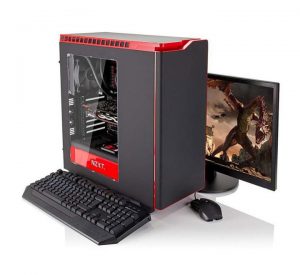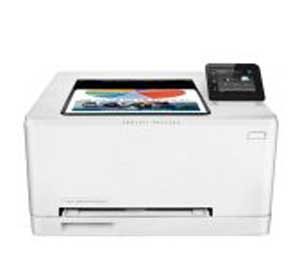The operating system manages the overall resources and operations of a computer through controlling access to the central processing unit (CPU) as well as computer memory and file storage as well as input and output devices. It is responsible for scheduling resource usage to avoid conflicts and interfering between processes, managing the content and structure of files stored on non-primary media, and determining which programs can use hardware components, such as disk drives or WiFi adaptors. It also permits interactive users to connect with the system using an Graphical User Interface or Command-Line Interface.
Process Management
Operating systems handle the starting, stopping, and restarting of applications. It decides which application will be executed first, how long the CPU will be used, and also when to Data Room Solutions end. It can also split up the program into several threads, allowing it to run on multiple processors in parallel. Each of these actions is controlled by an operating system routine called the process control block.
File management
Operating systems keep track of the structure and contents of files stored in non-primary storage. They know the location where each piece of information in a file is and can transfer it between storage and memory when needed. They can also convert virtual memory pages to physical memory pages to speed up access. This process is called demand paging.
It also interacts with hardware on the computer using drivers and other interfacing software. For instance if an application is looking to use a specific piece of hardware, such as a Wi-Fi adapter, the operating system will provide the driver, and let the application access it. This is all done without the programmers having to write an entirely new piece of code for each Wi-Fi adaptor, disk drive, or another type of hardware.

















